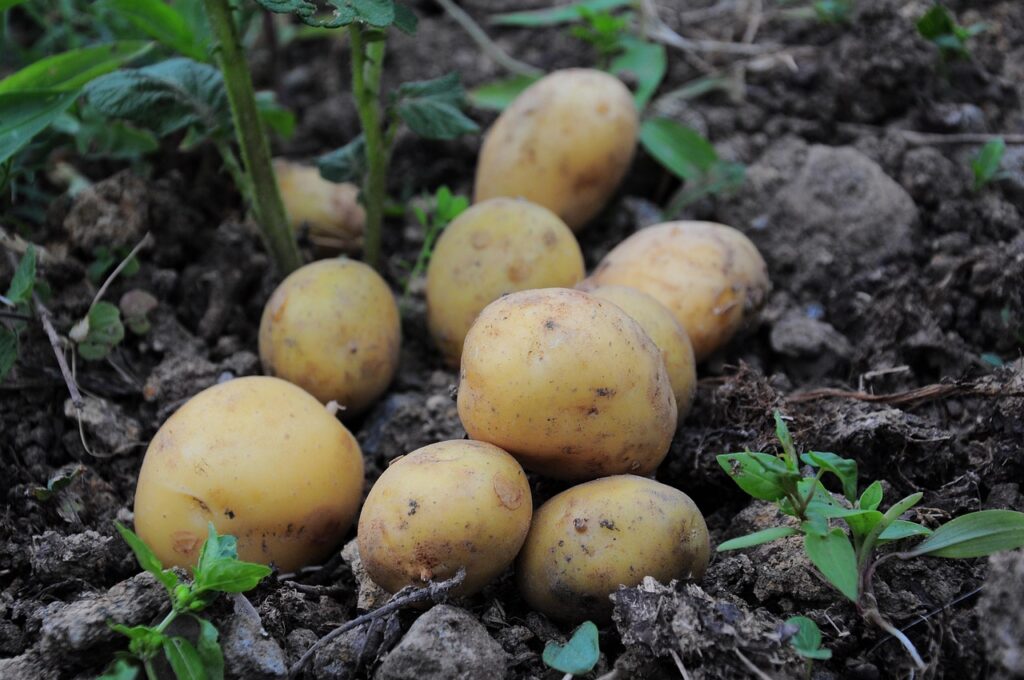
Ripening of Potatoes : How do potatoes sprout
When potatoes are kept in a warm, well-lit environment, the tubers sense favorable growing conditions and begin preparing to sprout. During this process, chlorophyll production rises, giving the skin—and sometimes even the flesh—a greenish tint. Although chlorophyll itself is not harmful, its presence signals an increase in another compound: solanine, a natural glycoalkaloid.
Solanine acts as a defense mechanism for potatoes and other members of the nightshade family, deterring animals from eating them and protecting young sprouts. However, for humans, solanine functions as a neurotoxin. Consuming it can cause symptoms such as nausea and headaches, and in high enough amounts, it may lead to severe neurological issues or even death. Research has shown that a single 16-ounce (450-gram) potato that is completely green could be enough to make a smaller adult sick.
